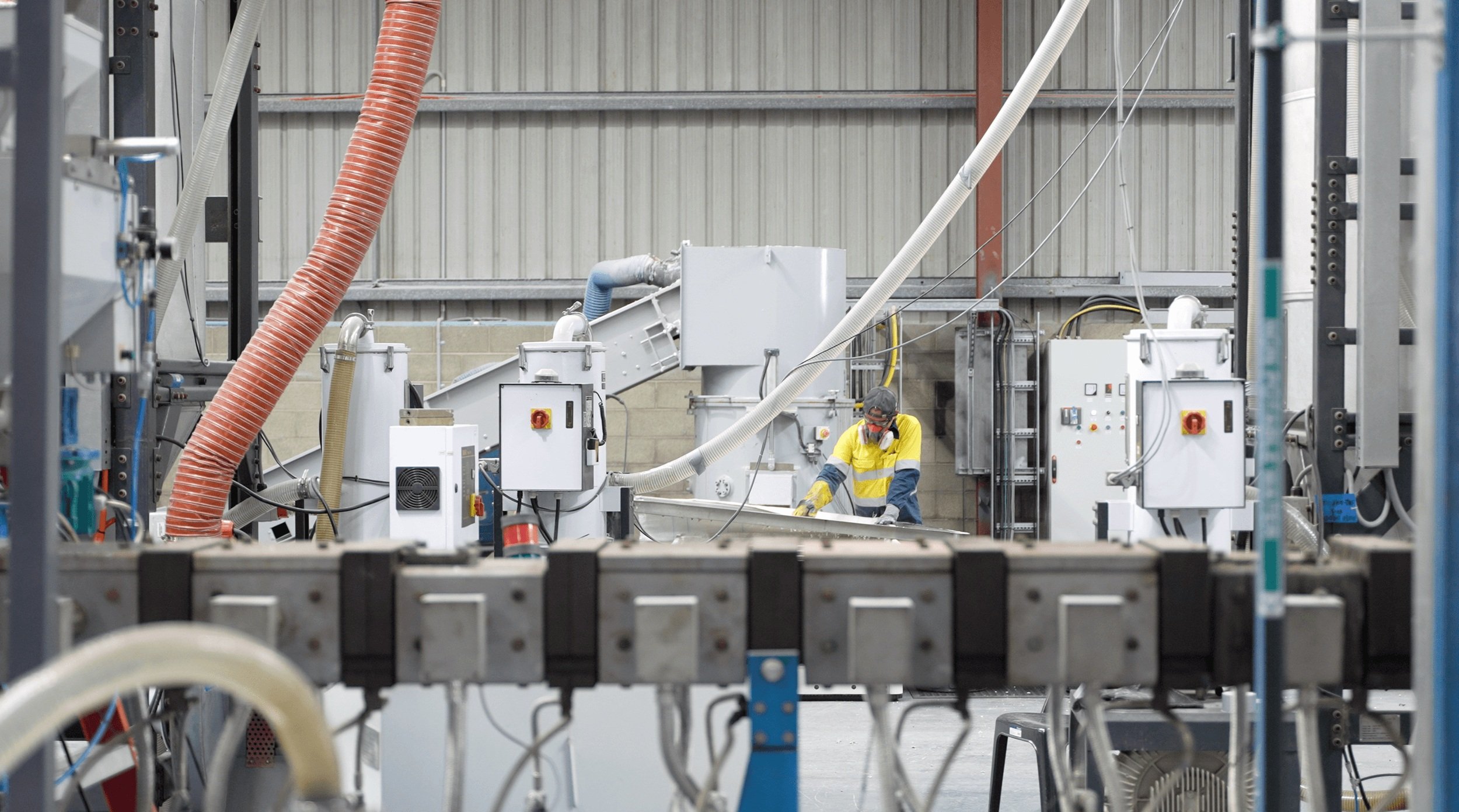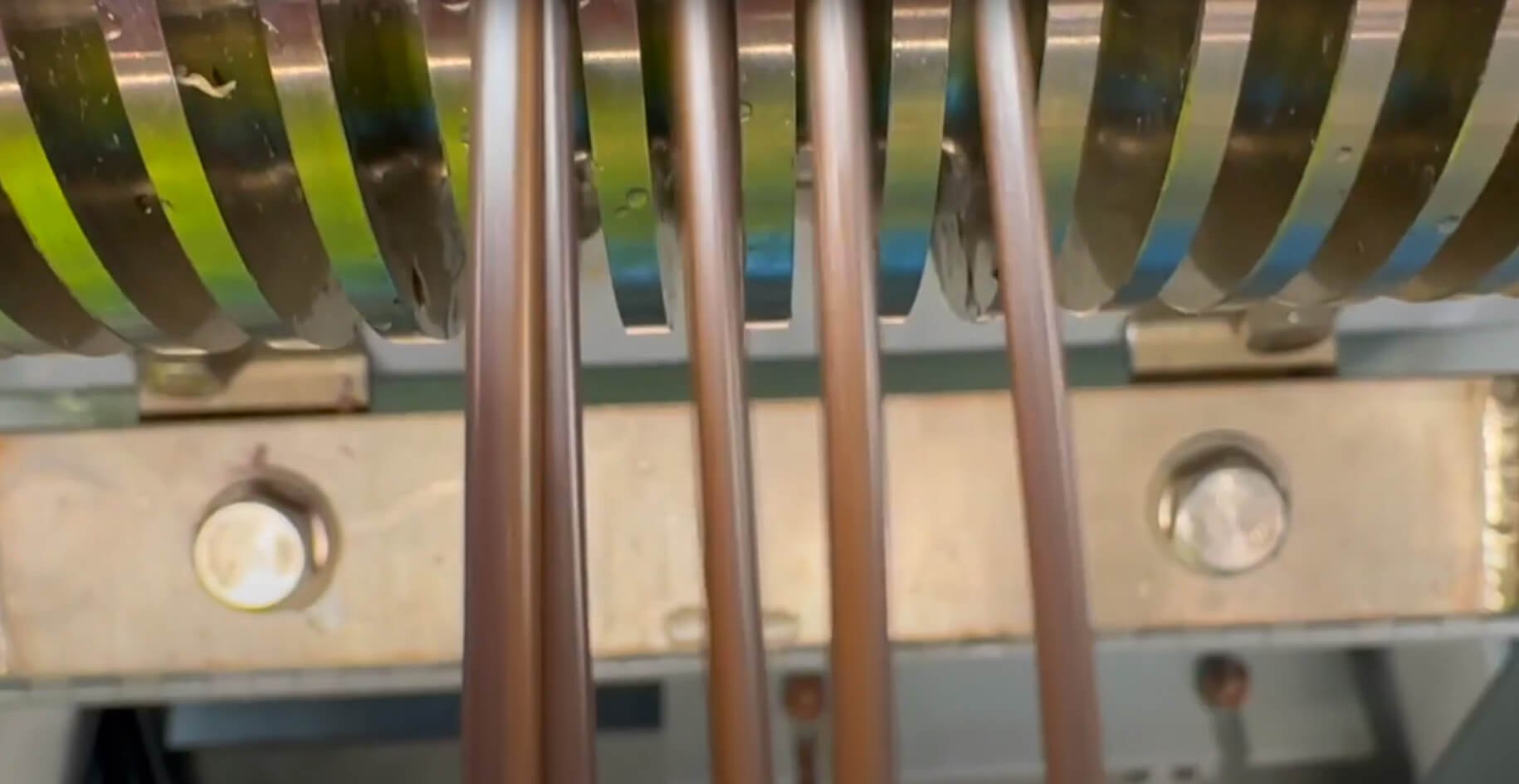
TECHNOLOGY
Recovering Polyester and Cotton from textiles
Over the last five years BlockTexx® has developed, tested, patented and commercialised our chemical separation technology called S.O.F.T. (separation of fibre technology).
Difficult to recycle clothing made from blends of polyester and cotton fibres can now be processed and recycled at commercial scale.
WORKING WITH:
Our feedstock supply partners are industry leaders who are committed to reducing their carbon footprint and greening the future.
Our scientific process
Australian-developed patent-pending process that combines chemical recovery technology and advanced manufacturing to recover end of life textiles.
STEP 1
Sourcing our target materials
BlockTexx® has developed its chemical recycling technology (S.O.F.T.™) to process the world’s most used fibres - polyester/cotton blends, 100% polyester, 100% cotton and all cellulosic/man-made cellulosic fibres such as bamboo, flax, rayon, tencel, modal.
Cotton 100%
Polyester 100%
Polyester/
manmade cellulosics
Polyester/
cotton blends
STEP 2
Recovering valuable resources
Our S.O.F.T.™ (separation of fibre technology) process works by separating everyday products such as sheets, clothing and towels back into their individual raw materials. The recovered resources can then be reused back into the textile industry or into other industries such as building, agricultural and manufacturing.
SHRED
Textile waste is shredded to break the product down.
SEPARATE
Polyester and cotton blends are treated with the S.O.F.T.™ (separation of fibre technology) process. This unlocks the parts but does not cause any deterioration to the components.
WASH/DRY
Polyester and cellulose are thoroughly washed to ensure maximum separation. The parts are separated through this process for drying.
PELLETISE
Polyester is dried further and then extruded into pellets.
DEWATER
Cellulose is dewatered or dried to optimise product usability.

STEP 3
PolyTexx®
rPET pellets
From the S.O.F.T.™ process, polyester is remanufactured into its original building block of PET (Polyethylene terephthalate). The textile fibre grade pellet retains all the properties and characteristics of the virgin material.
PolyTexx® is available as a raw material or as an industry specific product.
Industries using PolyTexx®
Textiles
Injection Moulding
Building & Construction

STEP 3
CellTexx®
Cellulose clay
CellTexx® is in a class of its own. Uniquely regenerated from cotton fibres, the microcrystalline cellulose delivers exceptional performance to high value products.
CellTexx® is available as a raw material or as an industry specific product.
Industries using CellTexx®
Agriculture
Textiles
Building & Construction

Work with us
We’re building a textile circular economy. Join us to drive environmental , social and economic value for your company.

















